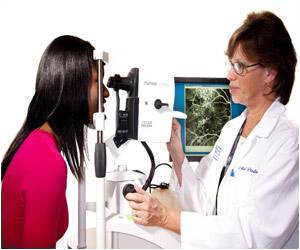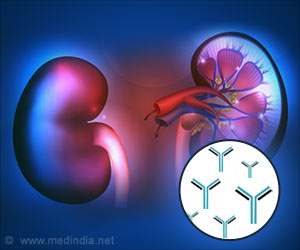Flexible-Fiber CO2 laser safely cut and coagulate during endoscopic assisted transsphenoidal craniotomies (TSC), shows study published in World Neurology.

The researchers performed a retrospective chart review on 16 patients who underwent flexible-fiber CO2 laser-assisted endoscopic ESS. All tumor pathology types were considered. Results were assessed based on hormone status, tumor size, pathology, complications and resection rates. Pituitary lesions with an average size of 22.7 mm were identified by radiographic and pathologic criteria. The researchers found surgery had a low rate of complication, (three patients) and no laser-related complications were encountered.
According to the authors, because of the small working space, the propensity for bleeding, and the amount of soft tissue and osteogenic dissection involved, the use of flexible-fiber CO2 lasers in ESS is ideal.
Because this is a feasibility and safety study, the authors cannot draw any conclusions regarding outcomes compared with traditional endoscopic transsphenoidal methods, including any difference in time required for laser surgery. However, as their experience has increased they have seen improved time efficiency with regard to laser set up and use.
"The flexible-fiber CO2 laser tool described and utilized in this report is ideally suited for endoscopic assisted TSC because of the narrow corridors and difficulty in using conventional cutting and coagulating instruments," said study co-author author Anand K. Devaiah, MD, FACS, an otolaryngologist at BMC and associate professor of otolaryngology and neurological surgery at BUSM. Devaiah has worked extensively with this system in pioneering applications for minimally invasive surgery, and works with the CO2 laser fiber company, OmniGuide, as a consultant. "Because most pituitary tumors are soft, the CO2 laser was not used extensively for tumor resection in this series, but we have found it very helpful in removing recurrent pituitary adenomas where tumor consistency is often more fibrous and dural scarring may be extensive," added Devaiah.
"Further study of this promising surgical tool is being investigated in other areas of neurosurgery including tumors of the brains and spinal cord," said senior author Lawrence Chin, MD, chief of neurosurgery at BMC and professor and chairman of neurosurgery at BUSM.
Advertisement









